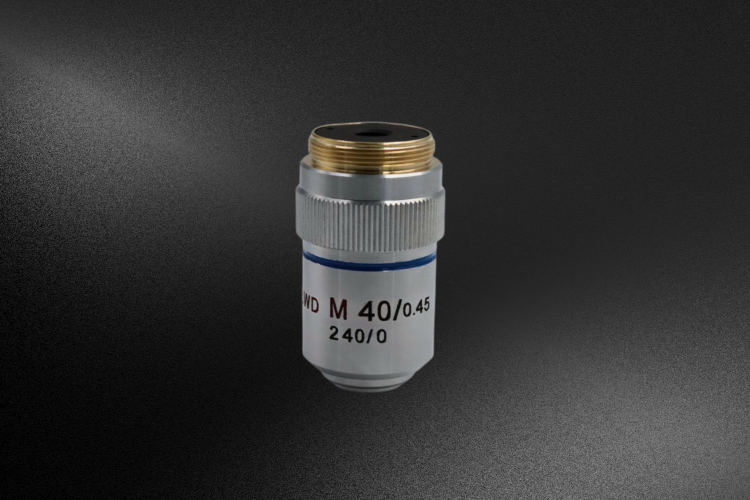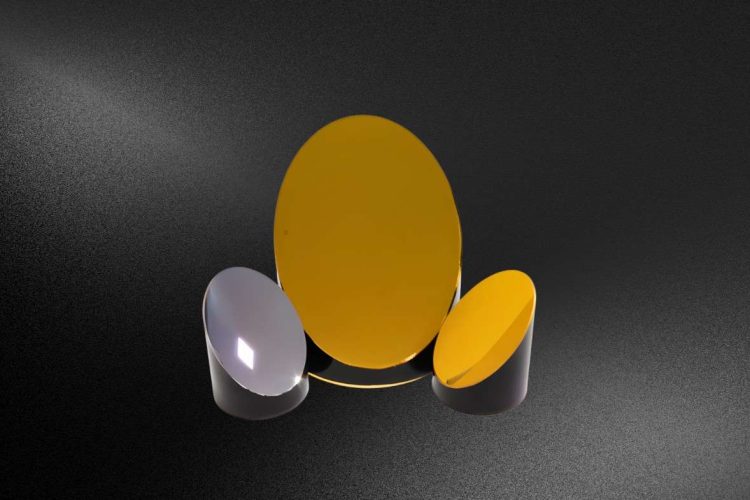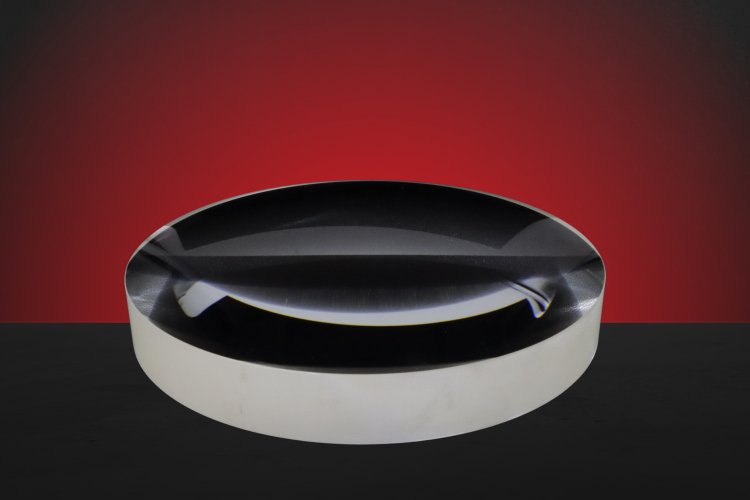KeyTakeaways Finite conjugate microscope objectives provide compact, stable, and cost-effective high-resolution imaging for industrial inspection, micro-nano machining, and portable diagnostic systems. Their fixed-distance design delivers excellent NA, precise aberration control, and reliable performance across UV, visible, and IR applications. While less flexible than infinity-corrected systems, finite conjugate objectives excel in integrated OEM instruments and space-constrained […]









